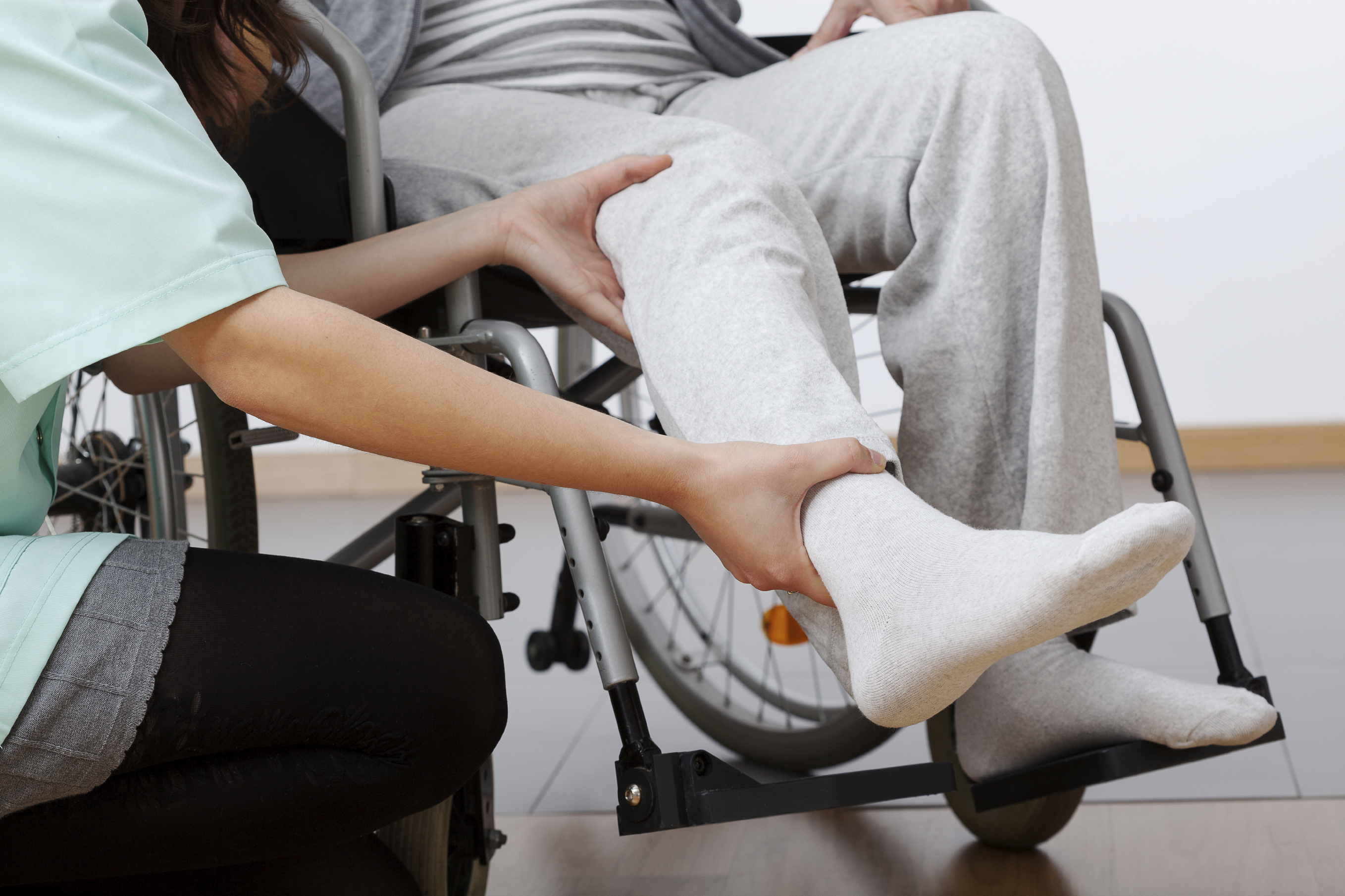Contents:
- Medical Video: Down Syndrome: Occupational Therapy Demonstration
- 1. Physical therapy
- 2. Cognitive therapy
- 3. Behavioral therapy
- 4. Speech therapy
- 5. Occupational therapy
Medical Video: Down Syndrome: Occupational Therapy Demonstration
Unlike many people expect, people with special needs can still move independently. With the right therapy, you can help loved ones improve their quality of life so they can be more productive. However, what kind of therapy is needed by a person with disabilities or special needs?
Currently there are four main types of therapy offered for people with disabilities and people with special needs. However, keep in mind that each person's condition is different. There are those who only need one type of therapy, some need two or three therapies. Therefore, you should consult with your doctor first.
1. Physical therapy
Having limitations to move or coordinate your limbs means you need physical therapy. Physical therapy or physiotherapy prioritizes increasing motor skills, motor balance, coordination, strength, and endurance.
There are two types of motor skills that are trained.
- Gross motor skills includes activities that use the body's large muscles such as crawling, walking, running, or jumping.
- Fine motor skills use smaller muscles such as the ability to hold a spoon or grab things.
The physiotherapist will evaluate muscle function, joints, movement, strength, muscle, endurance, and other motor skills on a regular basis from this physical therapy.
Physical therapy is needed for children who experience developmental delays, cerebral palsy, genetic disorders, orthopedic disability, birth defects (eg spina bifida), muscle abnormalities or muscle coordination problems.
The benefits of doing physical therapy are increasing and maintaining muscle strength and endurance, restoring and developing a range of movements, increasing coordination skills, reducing pain, overcoming joint swelling, and increasing ability in daily activities.
2. Cognitive therapy
There are several types of therapy included in cognitive therapy. Cognitive refers to functions of memory, perception, learning, logical thinking, planning, judgment, and the ability to make decisions.
This therapy is needed for people with disabilities who have learning disorders. There are two forms of cognitive therapy, psychotherapy, which is known as cognitive behavioral therapy (cognitive behavioral therapy or CBT) and cognitive rehabilitation.
3. Behavioral therapy
Behavioral therapy is a type of psychotherapy that focuses on reducing behavioral problems and supporting adaptive skills in their environment. Behavioral therapy uses a psychological approach to improve the physical, mental, and communication abilities of persons with disabilities or people with special needs.
If cognitive therapy helps people with disabilities to process information from the outside as well as their own thoughts and feelings, behavior therapy is more focused on shaping desired behavior and removing unwanted behaviors or habits (eg hurting yourself or being rude).
The method can vary. This depends on what is most appropriate for the age, condition, and needs of each patient. For example, by giving praise every time the patient successfully shows the desired behavior.
4. Speech therapy
Speech therapy is aimed at improving speaking and speaking skills through the mouth. There are several conditions for people with disabilities who need speech therapy such as cerebral palsy, deafand developmental disorders.
In articulation problems, the therapist at the health center can practice how to talk with supporting devices such as ice sticks, fingers, whistles or straws to help patients control the muscles of the mouth, tongue and throat. Can also by encouraging patients to imitate sounds and sounds produced by the therapist.
Whereas in children with disabilities who have language problems, a game-based approach to stimulating communication can be used by therapists.
Speech therapists can also help you use special communication tools to communicate. For example, people who cannot speak can be taught to use sign language.
5. Occupational therapy
This type of therapy for people with disabilities is intended to help patients do things that are practical and everyday. For example buttoning clothes, pulling and linking zippers, tying shoelaces, using tools (wheelchairs, sticks, or hearing aids), bathing, cleaning themselves, to reading and counting.
Usually people who need this therapy are those who have such conditions multiple sclerosis (MS), spina bifida, Down syndrome, and others. This therapy is very possible combined with other types of therapy such as physical therapy.












